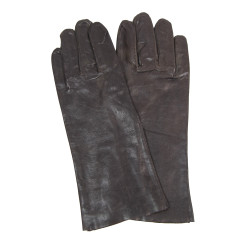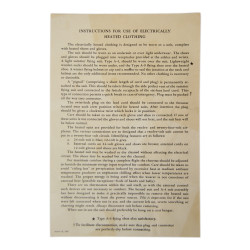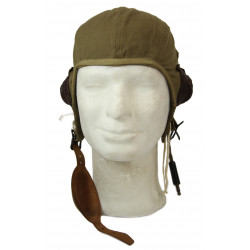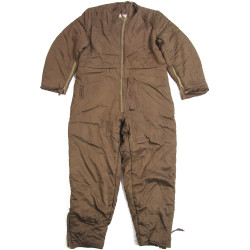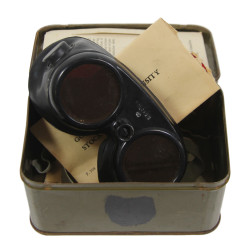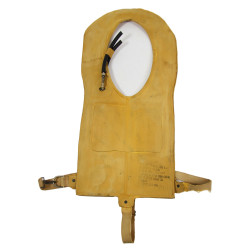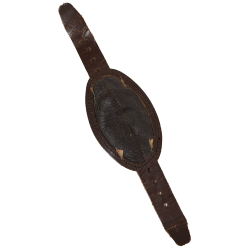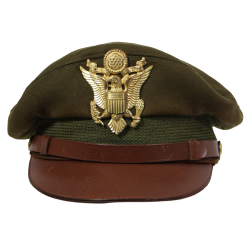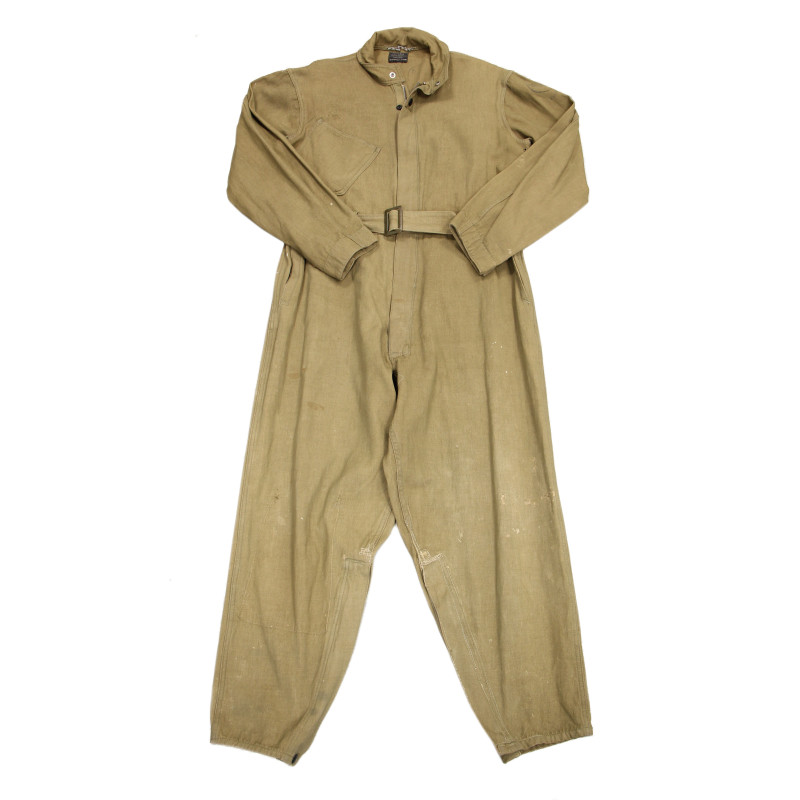











Suit, Flying, Type A-4, USAAF, 1942
€250.00
Tax included
Genuine WWII USAAF Type A-4 Flying Suit, standardized on March 18, 1930.
Made of some olive drab gabardine wool -- a very strong and durable material --, this type features a front zipper, an attached belt, one angled breast pocket on the right side, and one patch pocket below the right knee (missing here); cuffs and ankles are fitted with a zipper and a snap fastener.
Crown zippers are in working order.
Contract number is dated 1942.
Quite good, worn condition.
Shoulder width: 19.3in. Sleeve length: 22.4in.
Product Details
DTL




